A strong political environment is necessary for a thriving nation, but not all countries have a healthy political landscape. Many countries are grappling with rising political instability that is affecting them from all corners. Civil wars, poverty, riots, lack of necessities, inflation, etc., are common results of political crises. Such countries also produce the highest number of refugees seeking asylum in other countries.
Let’s explore 12 countries with the most political instability today.
Bangladesh
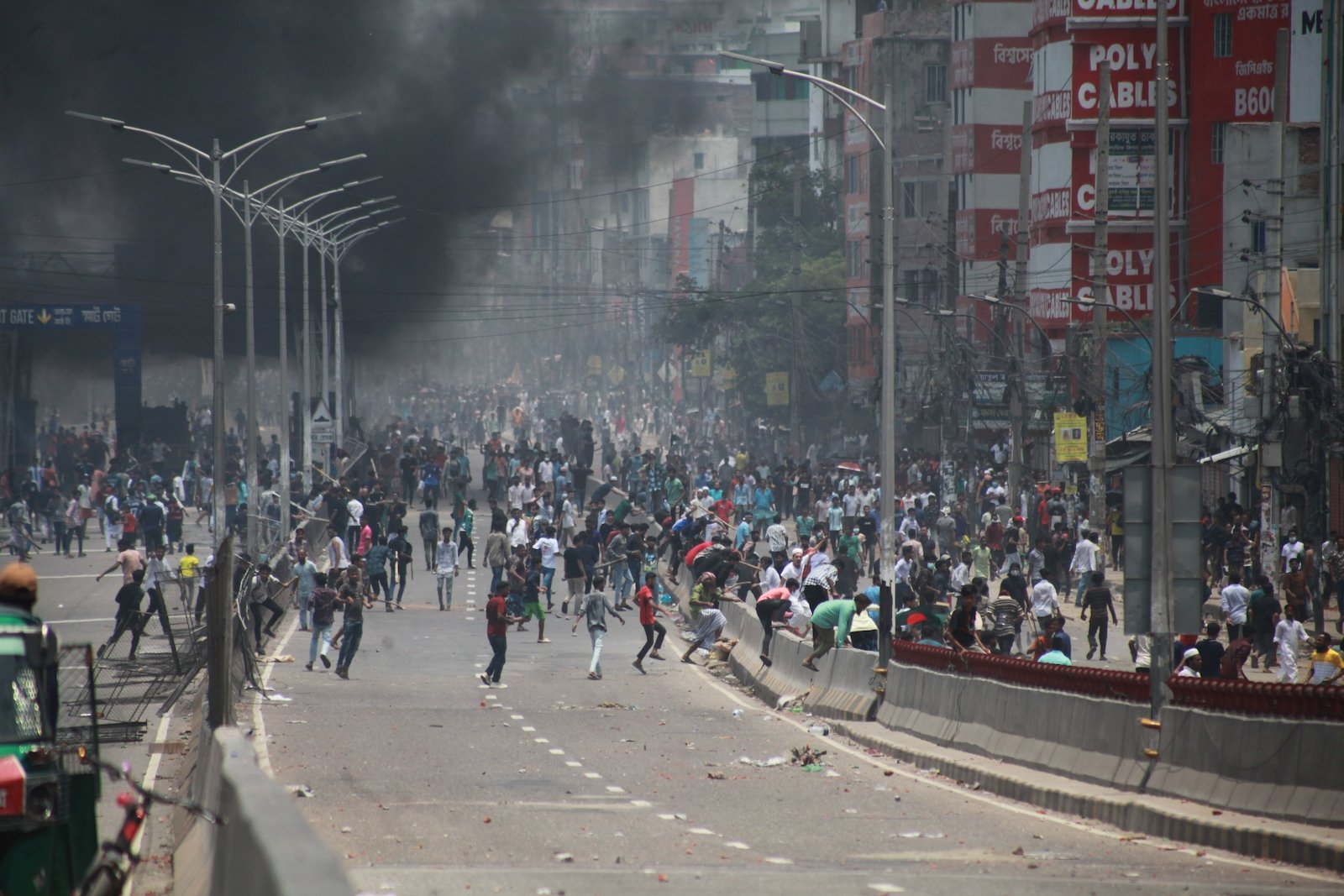
Bangladesh struggled with political turmoil for several months, but the situation worsened in August 2024. The country was grappling with month-long student protests against government job quotas that resulted in stricter actions causing hundreds of student deaths, severe injuries, etc. The growing protests spiraled out of control, prompting Sheikh Hasina, the longest-serving Bangladeshi Prime Minister to resign under the country’s security forces pressure. Currently, the country has an interim government led by Muhammad Yunus, a Nobel laureate, but it doesn’t guarantee an end to its political instability.
Afghanistan
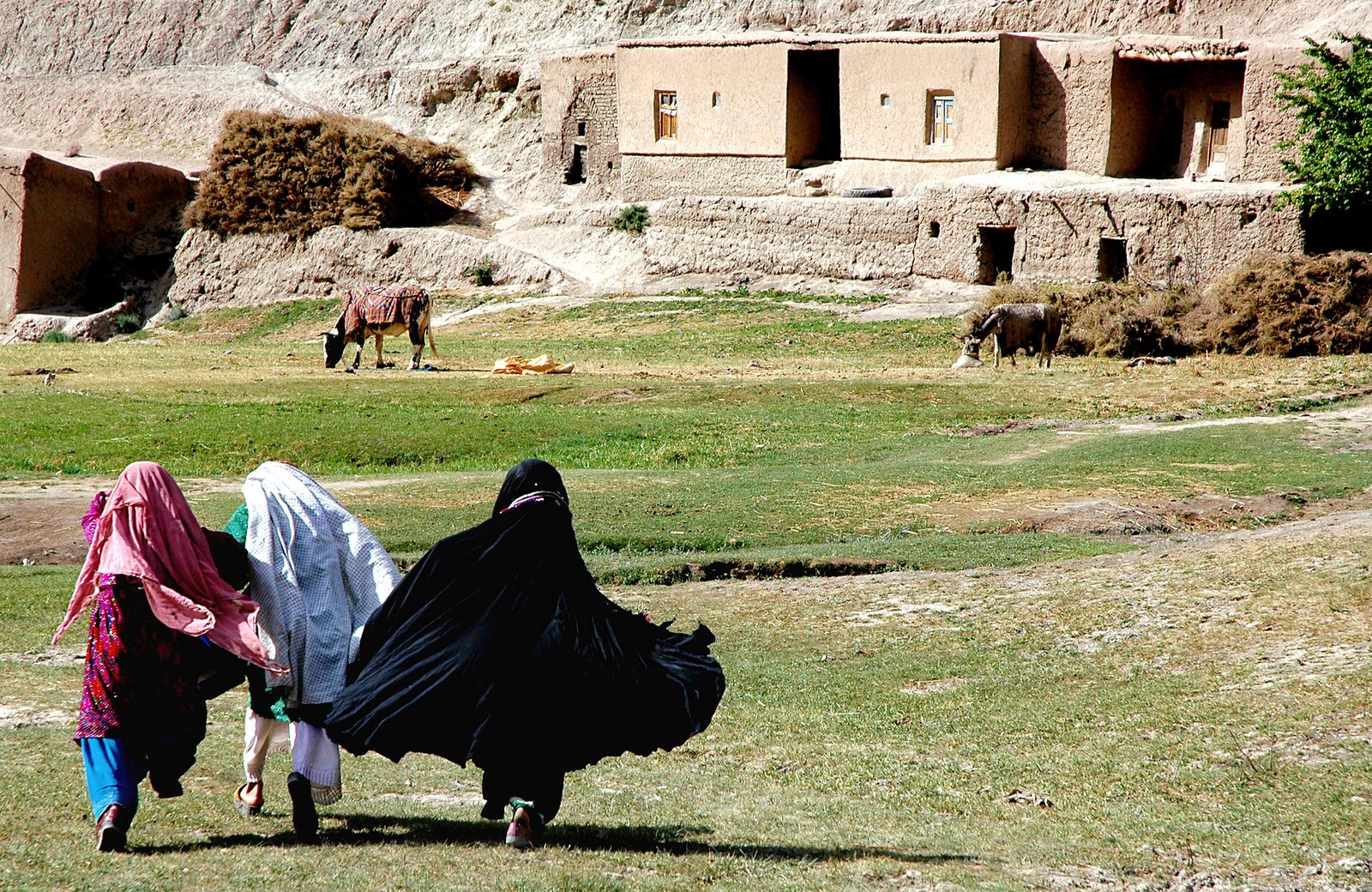
Afghanistan was on its path to economic growth, societal betterment, etc., until the Afghani government was overthrown by the Taliban in 2021. The U.S. decided to withdraw its troops from Afghanistan in 2021, leading to a complete Taliban takeover. This extremist group has since been ruling the country and has caused extreme political and economic chaos. The country’s residents, especially minority groups, have been the worst victims of this political instability that doesn’t seem to improve any time soon.
Yemen

Yemen’s political landscape has been in shambles since 2014 when Houthi insurgents took control over Yemen’s capital, prompting the then-president to resign. The country is currently fighting with numerous internal divisions and external attacks that have spawned into a massive humanitarian crisis and intractable political and military crisis.
Burkina Faso

Burkina Faso is experiencing political instability because of the two military coups that tried to seize political power from the elected government in 2022. This political chaos, paired with severe attacks from non-state armed groups, is disrupting societal harmony and dragging citizens into a constant state of conflict, panic, and poverty. Ever since the coup took place, several attempts to hire ‘civilian defense volunteers’ have resulted in increased violence, insecurity, and political chaos. The condition isn’t any better in 2024.
Ukraine
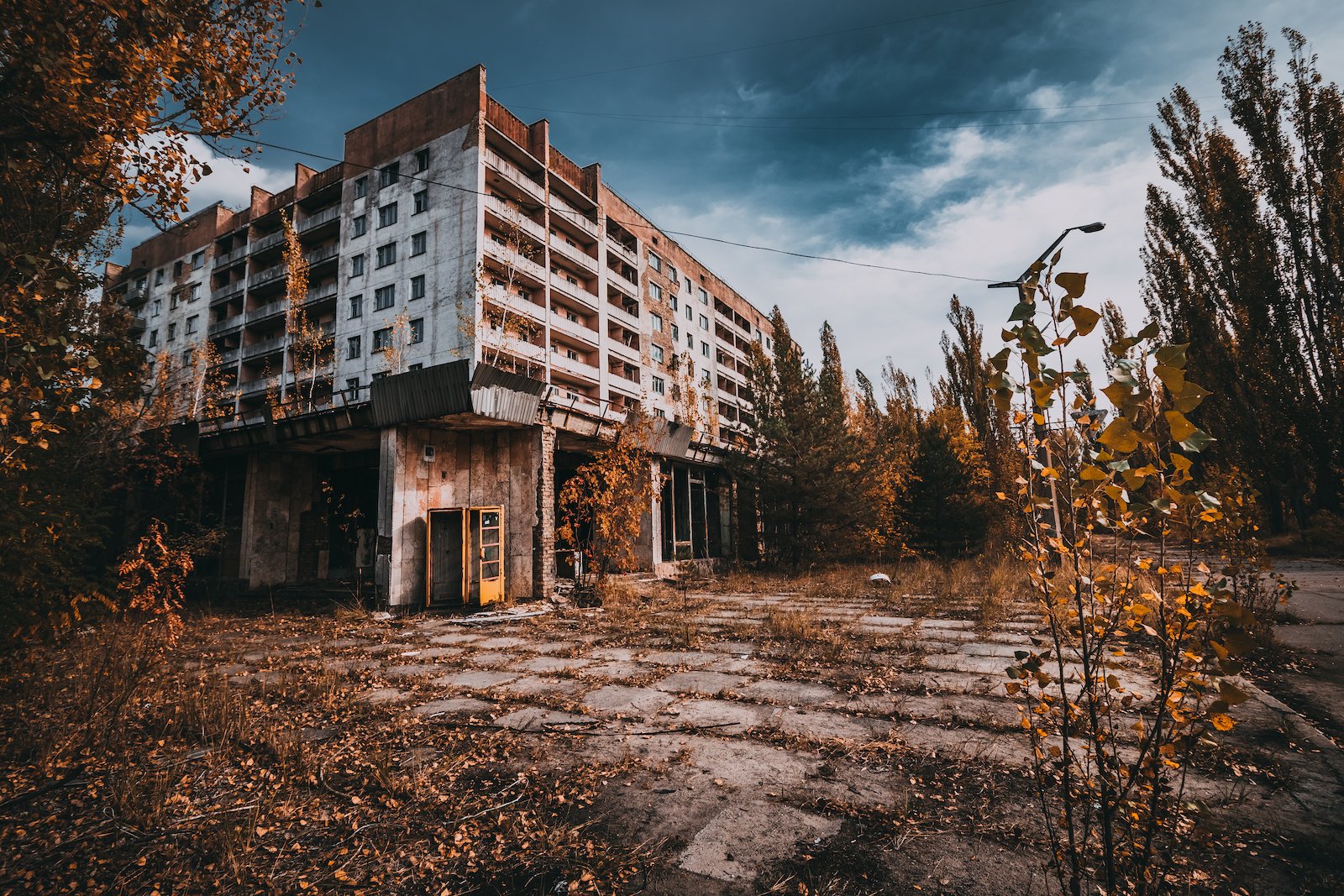
Ukraine and Russia have long engaged in a war since 2014 over Russia’s annexation of Crimea. However, it reached a peak situation in 2022 when Russia officially launched a full-scale invasion on Ukraine. This war led to massive political turmoil in Ukraine, with the government trying hard to recapture the occupied territories. While attacks from both sides have reduced in 2024, the war hasn’t been entirely stopped. Experts believe this continued escalation will lead to regional instability and security challenges.
Palestine

Horrific headlines made their way to the global stage when Hamas attacked a music festival in Southern Israel in October 2023. In retaliation, Israel launched an airstrike campaign on the Gaza Strip that paved the way for a war between Palestine and Israel. This war created massive political instability and a humanitarian crisis in Palestine, leaving thousands of civilians dead and many others severely injured. Peace and stability haven’t been achieved in Palestine yet, raising serious concerns about the resident’s future and well-being.
Chad
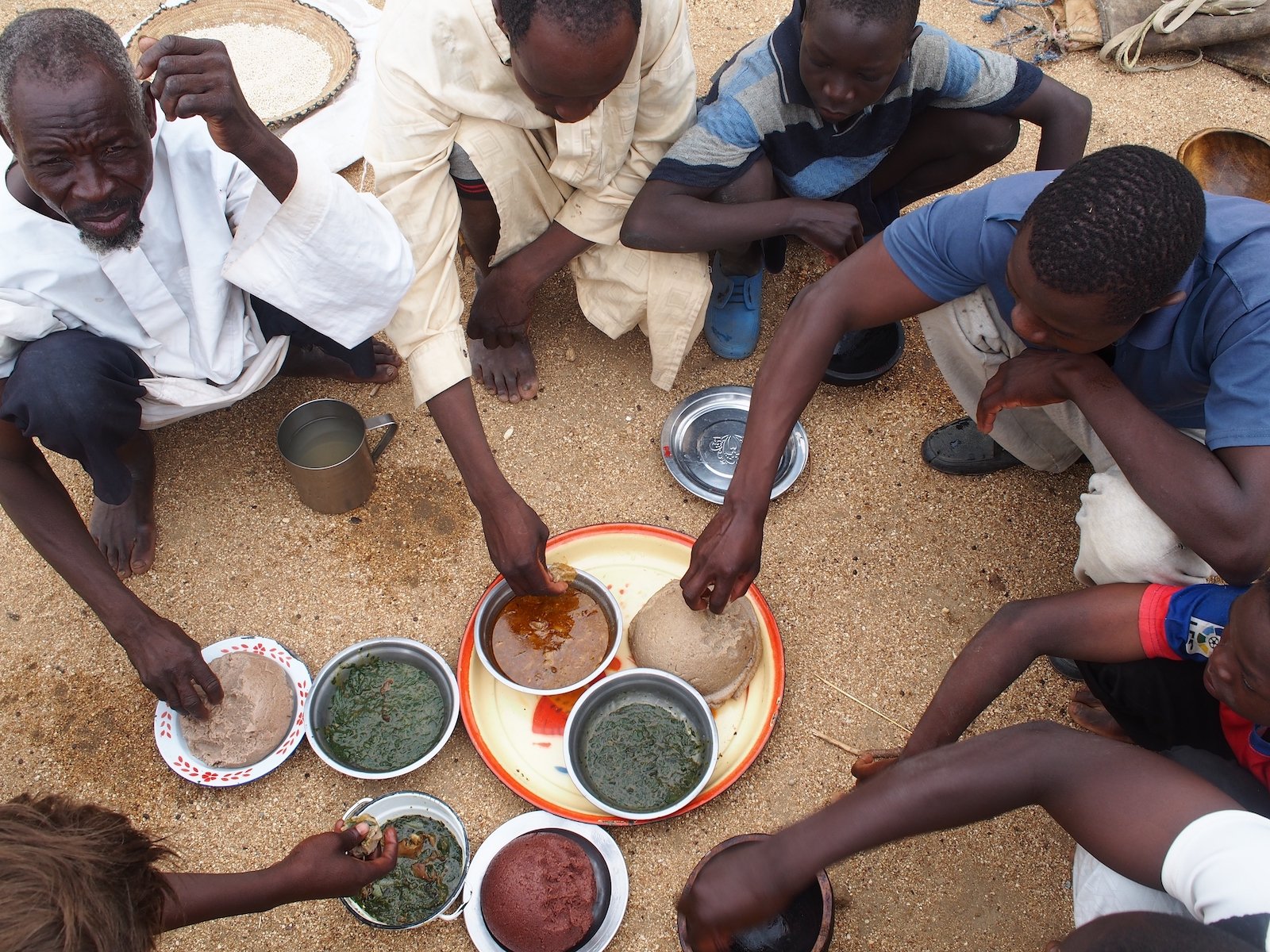
Chad is often known for its communal violence and armed conflicts along the border of Libya and Sudan, but its political landscape isn’t in good condition either. A transitional government ran the country for three years after its previous president’s death. It was after years that the country held elections in the first half of 2024 to democratically elect a new president. There were reports that leading opposition competitors were killed before elections to help Mahamat Idriss Déby, the current Chad president, win. Opposition parties still blame Mahamat for this aggravating political instability in the country, resulting in opposition suppression.
Myanmar

Myanmar is grappling with political instability since a military coup ousted Aung San Suu Kyi’s government in 2021. The military establishment has since tried to run the government but faced several challenges. From violent unrest to clashes with newer pro-democracy forces, the roadblocks are seemingly endless. Myanmar’s junta is proposing fresh elections and calling it a ‘democratic transition,’ but the inability to suppress growing opposition is leading to continuous election postponement.
Somalia

Somalia has become a failed state because of extreme violence, political instability, and civil war. It is one the few countries whose government failed to provide even the essential services to its citizens, leading to the country’s eventual collapse. Many attribute Somalia’s failures to its poor governance. Despite facing severe humanitarian crises, Somalia still suffers because of political rivalries. The relationship between Somalia’s president and prime minister was never great, bringing intense political instability throughout the country.
Venezuela

Venezuela was one of the wealthiest countries in South America, until its socialist leader decided to drastically lower oil prices in the early 2010s. This decision plunged the oil-dependent country into a downward spiral of deep political and economic crisis. The country’s downfall resulted from poor governance and decision-making that created hyperinflation and a severe shortage of necessities for its citizens. Venezuela still hasn’t recovered, forcing millions to flee to different countries.
Syria

Syria has witnessed extreme political instability since 2011 when a full-scale war emerged between the Syrian government and anti-government rebel groups. This tussle for power collapsed the Syrian political structure, and experts say the country is yet to see any political progress aimed at boosting stability. The country faces the worst humanitarian crisis, with citizens left struggling for the basics.
Haiti
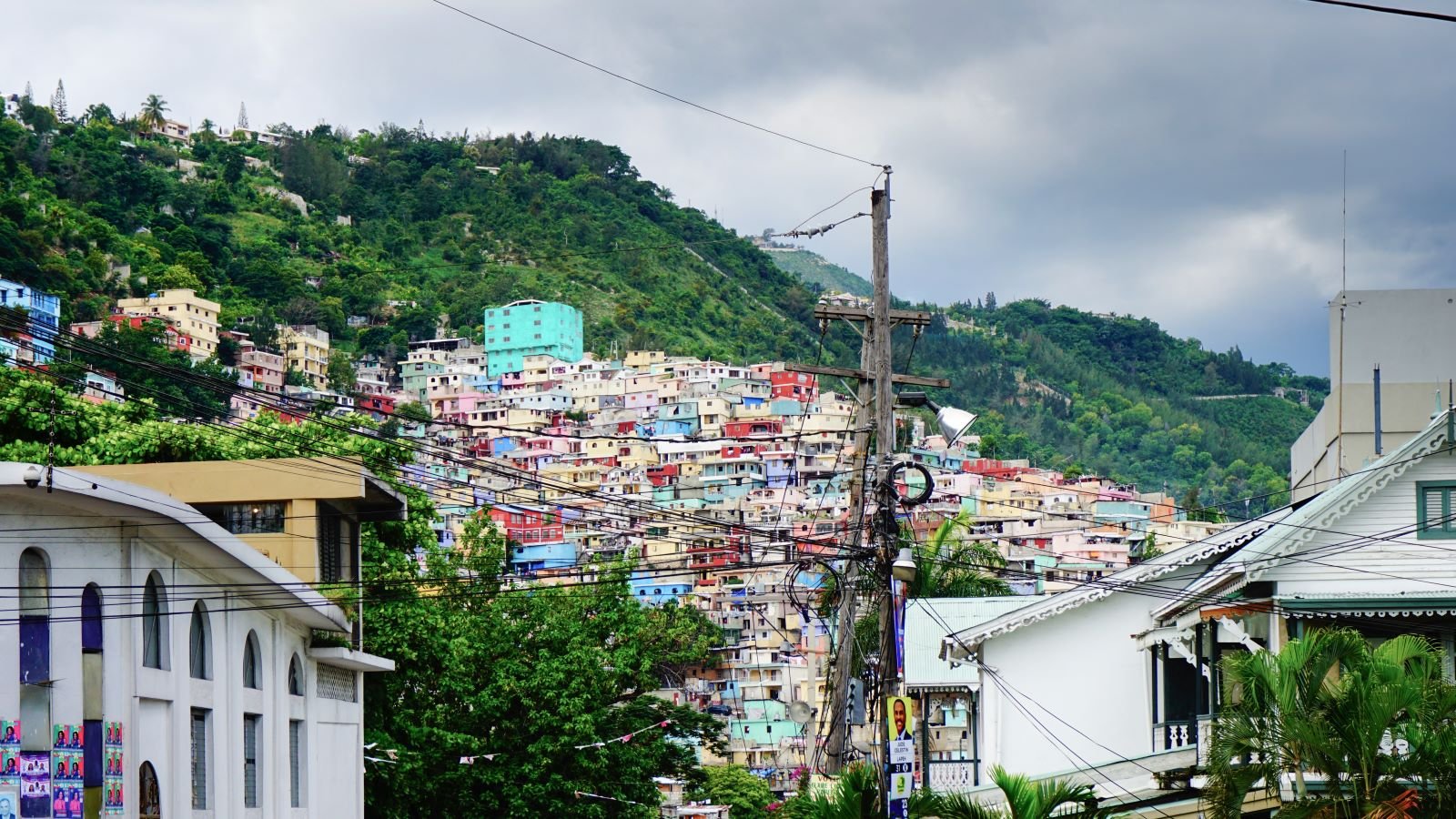
Haiti has been facing 40 years of political instability and has finally reached the point of a political deadlock. The country is currently under the power of dangerous gang leaders, with no elected representative to run the government. Violence, emergency lockdowns, poverty, civil wars, etc., have become common in Haiti. Among several reasons contributing to the country’s political instability, foreign interferences, coups, army insurrection, and rigged elections are to be primarily blamed.


